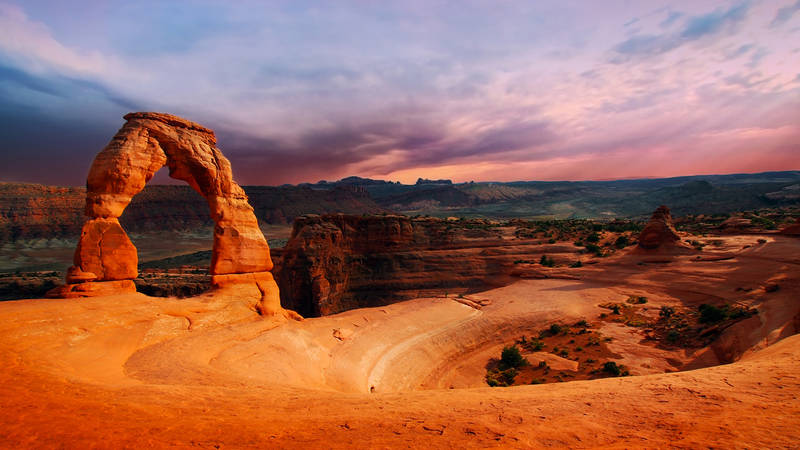After significant public pressure, including thousands of messages from NPCA supporters, the National Park Service reversed a decision that would have allowed certain off-road vehicles on paved and dirt roads in national parks and monuments in Utah.
Thanks to an outcry from national park advocates, community leaders, local businesses and allies, a longstanding prohibition on off-road vehicles in Utah’s national parks and monuments will remain in place.

Park Advocates Applaud Decision to Keep Off-Road Vehicles Out of Utah National Parks and Monuments
Decision maintains commonsense park resource protections and promotes visitor safety
See more ›In September, the acting National Park Service Intermountain Regional Director issued a directive to park superintendents in Utah that would have allowed all street-legal off-road vehicles on dirt and paved roads in national park sites starting November 1. The directive would have affected all of Utah’s “Mighty Five” national parks — Arches, Bryce Canyon, Canyonlands, Capitol Reef and Zion — as well as several national monuments — Cedar Breaks, Dinosaur, Hovenweep and Natural Bridges.
More than 5,000 NPCA supporters spoke out against the plan, which would have threatened the parks’ unique and fragile landscapes and cultural artifacts, and more than 30 local businesses submitted a letter to the Department of the Interior opposing the proposed change. In addition, the Grand County Council, city of Moab and town of Castle Valley passed a joint resolution opposing the move, and the towns of Springdale and Rockville passed their own resolutions.
In a major victory for park advocates, the Park Service issued a statement on October 25 rescinding the previous order and maintaining the off-road vehicle prohibition.
Stay On Top of News
Our email newsletter shares the latest on parks.
This decision simply makes sense. National park superintendents have detailed the threats that off-road vehicles pose to parks and visitors while on the roads, and the likelihood that users will drive them off-road, harming the environment and creating dust, noise and pollution.
Fortunately, off-road vehicle users have tens of thousands of miles of roads and dirt trails available throughout Utah. Opening park roads to these vehicles would have resulted in damage to the very things that make these places so remarkable and that draw visitors from around the world to the state.
About the author
-
 Cory MacNulty Campaign Director, Southwest Region, Southwest
Cory MacNulty Campaign Director, Southwest Region, SouthwestCory MacNulty’s role as Campaign Director for the Southwest Region of National Parks Conservation Association (NPCA) is to serve as a lead strategist in protecting the scenic views, air and water quality, natural quiet, dark night skies and visitor experiences in the national parks of the Southwest Region with an emphasis on the 13 national parks in Utah.


